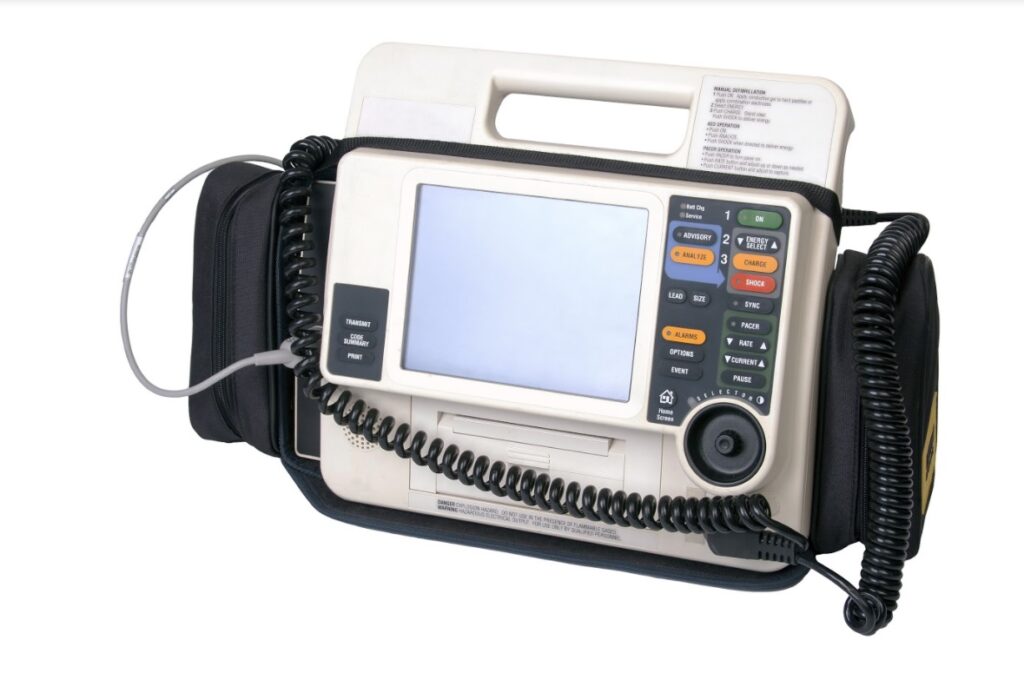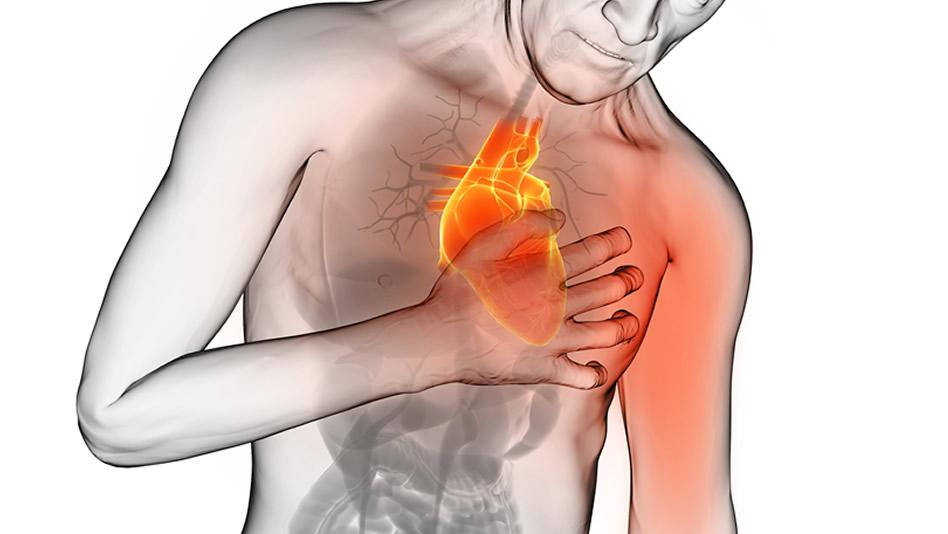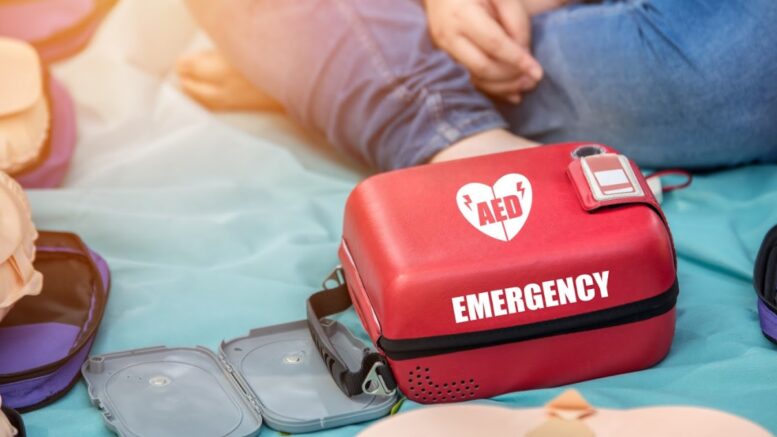According to a study, about 25% of all human fatalities are caused by a sudden cardiac arrest (SCA). In most cases, an individual experiences an SCA episode when he or she isn’t within a hospital.
Quick action is crucial to revert this emergency. One invention created to help with this is an automated external defibrillator (AED), a device developed by a group of scientists, which may increase the rate of human survival by about 40%.
Used since 1978, AED is a mobile electronic device used to detect and analyze heart issues, including SCAs automatically. The device is used to assist those experiencing an SCA by delivering an electronic shock to the heart to restore its normal rhythm. Every other person should have aed training so it can be used when needed.
History Of AED
Electricity has been used for many years already to manipulate the rhythm of the heart. In 1774, Peter Abildgaard was the first scientist to use electricity to halt and resuscitate a chicken’s heartbeat. A lot of research has been made to understand the practice of defibrillation, the process of applying electric shocks to restore an effective heart rhythm.
Since 1774, electrical shocks were only used on animals, until 1947, when a US surgeon named Claude S. Beck became the first person to apply electrical shocks to restart a human heart. After many years of research and development, an AED device was developed in 1978. To ensure its safe use, instructions accompanied every device on how to operate it.
With technological advancements, the latest AED models are fitted with a system that allows you to store electrocardiogram (ECG) signals in the device’s memory. The development of AED has been continuous and the innovations are relentless at this age. Researchers can use the stored information to develop an even more advanced model capable of reading better heart rhythms than older models.
Present models like the Avive AED machine may help manage this killer issue that accounts for about 25% of all human fatalities.

How Does An AED Device Work?
The device works by producing a high electrical current, with some models generating about 360 joules. You should understand that an AED device doesn’t revive heartbeat literally; instead, the shocks are used to revive the natural pacemaker of the heart.
Benefits Of AED In Workplaces
With over 60,000 SCAs happening outside the hospital, purchasing an AED device may be a worthwhile investment in workplaces. To give an immediate response should any SCAs occur in the office, it’s ideal to have this device ready in place for an emergency.
Some of the benefits of AED use in workplaces are the following:
Saves Life
With over 95% of patients succumbing to death before they reach the hospitals, installing these devices will assist with improving the survival odds during an SCA occurrence.
The employees should be properly trained in operating and managing the device to administer the correct shock impulse to revive the heart’s rhythm.
Portable And Easy To Use
In case of an SCA episode, you won’t struggle to carry your device to save a life as an AED is a compact, mobile, and battery-operated device. For this reason, the device can be moved easily from one place to another.
Although AEDs are medical devices, almost anyone may use these models easily as they’re provided with instructions and guidelines on how to operate them.
May Be Used To Confirm A Patient’s Heartbeat
The latest models won’t allow you to induce shocks to a patient who still has a heartbeat, saving the victim from more complications.
During an SCA, the heart will stop beating and quick action is necessary to revive it. The models are fitted with a system that detects a faint heartbeat. An AED will assist you to determine whether the victim’s heart is still beating to avoid applying electrical shock and damaging the vital organ.
Saves Time
It’s vital to revive the natural pacemaker during an SCA episode before the emergency response team arrives. The device may increase the patient’s chances of survival while waiting for the help to arrive.
Delaying the performance of a life-saving therapy may increase the risk of fatality by about 75%.
Offers Automated Life Saving Emergency Therapy
During an SCA episode, the heart stops beating, and every second becomes critical as the patient fights against death. With onsite AED devices, any person in the office may help apply electrical shocks to revive the heart’s rhythm and save the person in great danger.
You may intercede by just pressing an automatic button on the AED device. While operating it doesn’t require formal training, definitely you need to know how to handle it by reading the provided instructions and guidelines.

May Restore The Normal Heart Rhythm
During an SCA, electrical shocks are crucial to revive the heart’s pacemaker. With already installed AEDs in an office, it’s now easy to resuscitate the normal condition of the heart, saving a life.
The device’s manual will guide you on how to apply the shocks to avoid fatality.
Conclusion
Before operating this device, you must understand each guideline in using it to avoid causing more damage to a patient’s heart. AED installations are believed to have many benefits, and it’s high time for every firm to plan having onsite devices to help in improving the survival odds during any occurrence of an SCA episode, especially among the employees, since the company and a patient’s colleagues will most likely be accountable for any emergency that occurs within the office.
